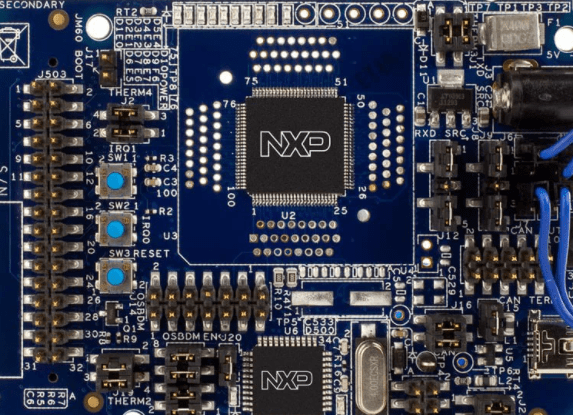The European Commission on Tuesday proposed a series of measures to meet its goal of doubling its current semiconductor market share to 20% by 2030.
In general, the European Chip Law will ensure that the European Union (EU) has the necessary tools, skills and technological capabilities to become a leader in this field beyond research and technology in the design, manufacture and packaging of advanced chips, in order to guarantee its supply of semiconductors and reduce its dependency.
The EU Chip Law will build on Europe’s strengths – the world’s leading research and technology organizations and networks, and a host of pioneering equipment manufacturers – and address remaining shortcomings.
It will also foster a thriving semiconductor industry, from research to production, and a resilient supply chain.
Among the actions to be taken, more than 43,000 million euros of public and private investment will be mobilized and measures will be established to prevent, prepare, anticipate and quickly deal with any future disruption of supply chains, in collaboration with the Member States and partners. EU international.
Semiconductors
According to a press release from the European Commission, the recent global shortage of semiconductors has forced the closure of factories in a wide range of sectors, from automobiles to medical devices.
For example, in the automotive sector, production fell by a third in some Member States in 2021, further highlighting the extreme global dependence of the semiconductor value chain on a very limited number of players in a complex geopolitical context.
It also showed the importance of semiconductors for the whole of European industry and society.
The European Chip Law will ensure that the EU has the necessary tools, skills and technological capabilities to become a leader in this area beyond research and technology in advanced chip design, manufacturing and packaging, in order to ensure your supply of semiconductors and reduce your dependency.
Finally, €11 billion will be allocated to bolster existing research, development and innovation; ensure the use of advanced semiconductor tools, pilot lines for prototyping, testing and experimentation of new devices for innovative real-life applications; train workers; and foster a deep understanding of the semiconductor ecosystem and value chain.
![]()

